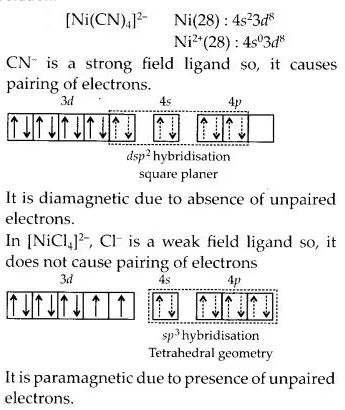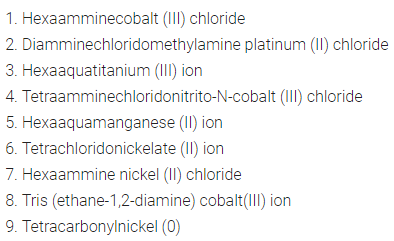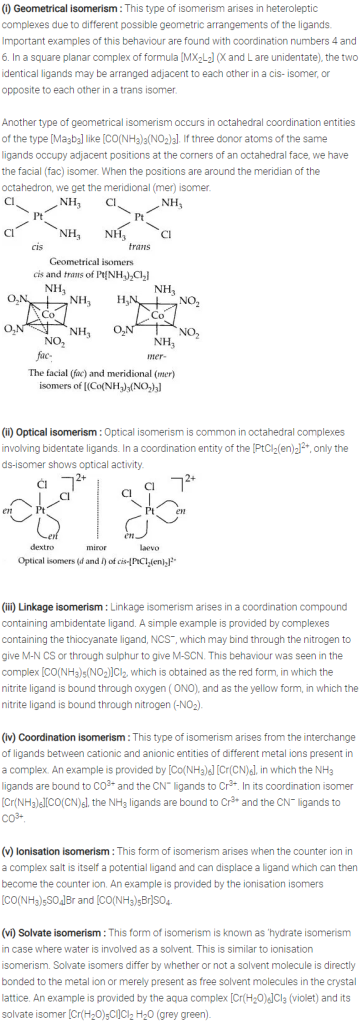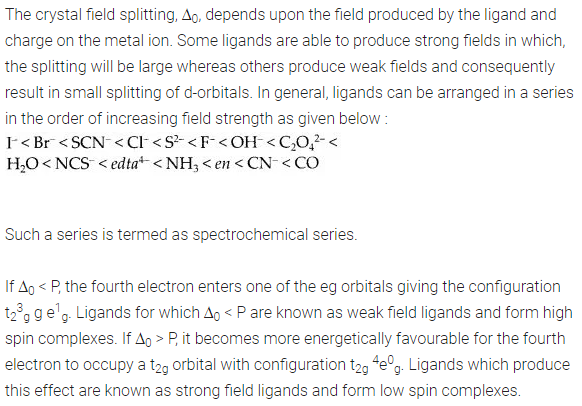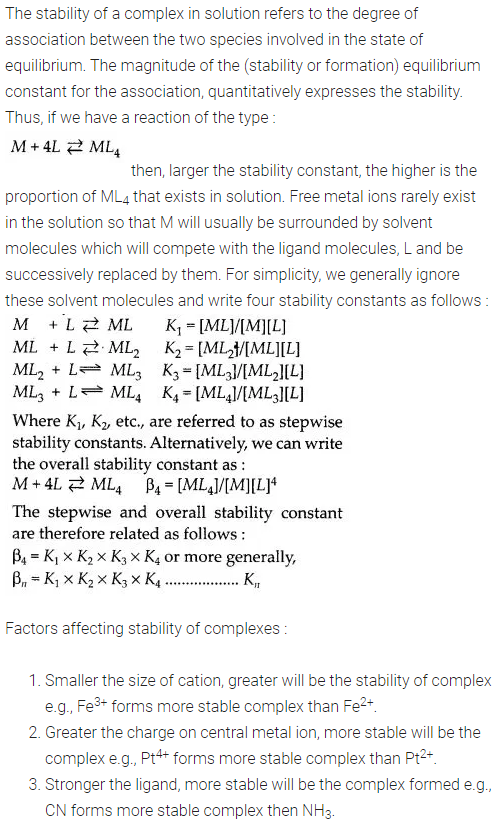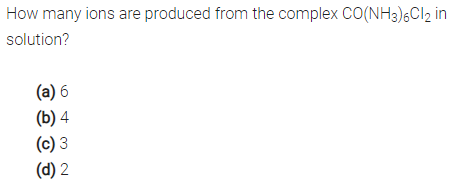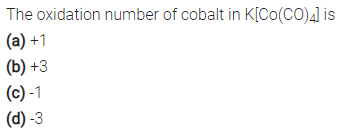NCERT Solutions For Class 12 Chemistry Chapter 9 are posted here to help students study well for board exams. This lesson explains the different compounds that can be made from transition metals. The topics regarding the coordination compounds form an integral part of inorganic chemistry. NCERT Solutions Chemistry Class 12 Chapter 9 covers very interesting and important topics. From this chapter, students will get a clear understanding of coordination compounds, including bonding, isomerism, applications, stability, and many other aspects. Students can refer to the NCERT Solutions page for more solutions for other classes as well. Class 12 Chemistry Chapter 9 NCERT Solutions Coordination Compounds is also an important chapter that students have to study for Engineering entrance examinations as well.
NCERT Solutions Chemistry Class 12 Chapter 9 Coordination Compounds
Subtopics in the NCERT Solutions For Class 12 Chemistry Chapter 9 are provided in the table below.
| Section | Topic Name |
| 9 | Coordination Compounds |
| 9.1 | Werner’s Theory of Coordination Compounds |
| 9.2 | Definitions of Some Important Terms Pertaining to Coordination Compounds |
| 9.3 | Nomenclature of Coordination Compounds |
| 9.4 | Isomerism in Coordination Compounds |
| 9.5 | Bonding in Coordination Compounds |
| 9.6 | Bonding in Metal Carbonyls |
| 9.7 | Stability of Coordination Compounds |
| 9.8 | Importance and Applications of Coordination Compounds |
Class 12 Chemistry Chapter 9 NCERT Solutions Coordination Compounds For Intext Questions
Question 9.1:
Solution:
Question 9.2:
Solution:
Question 9.3:
Solution:
Question 9.4:
Solution:
Question 9.5:
Solution:
Question 9.6:
Solution:
Question 9.7:
Solution:
Question 9.8:
Solution:
Question 9.9:
Solution:
Question 9.10:
Solution:
Question 9.11:
Solution:
CBSE Class 12 Chemistry NCERT Solutions Chapter 9 For Exercise Problems
Question 9.1:
Solution:
Question 9.2:
Solution:
Question 9.3:
Solution:
Question 9.4:
Solution:
Question 9.5:
Solution:
Question 9.6:
Solution:
Question 9.7:
Solution:
Question 9.8:
Solution:
Question 9.9:
Solution:
Question 9.10:
Solution:
Question 9.11:
Solution:
Question 9.12:
Solution:
Question 9.13:
Solution:
Question 9.14:
Solution:
Question 9.15:
Solution:
Question 9.16:
Solution:
Question 9.17:
Solution:
Question 9.18:
Solution:
Question 9.19:
Solution:
Question 9.20:
Solution:
Question 9.21:
Solution:
Question 9.22:
Solution:
Question 9.23:
Solution:
Question 9.24:
Solution:
Question 9.25:
Solution:
Question 9.26:
Solution:
Question 9.27:
Solution:
Question 9.28:
Solution:
Question 9.29:
Solution:
Question 9.30:
Solution:
Question 9.31:
Solution:
Question 9.32:
Solution:








